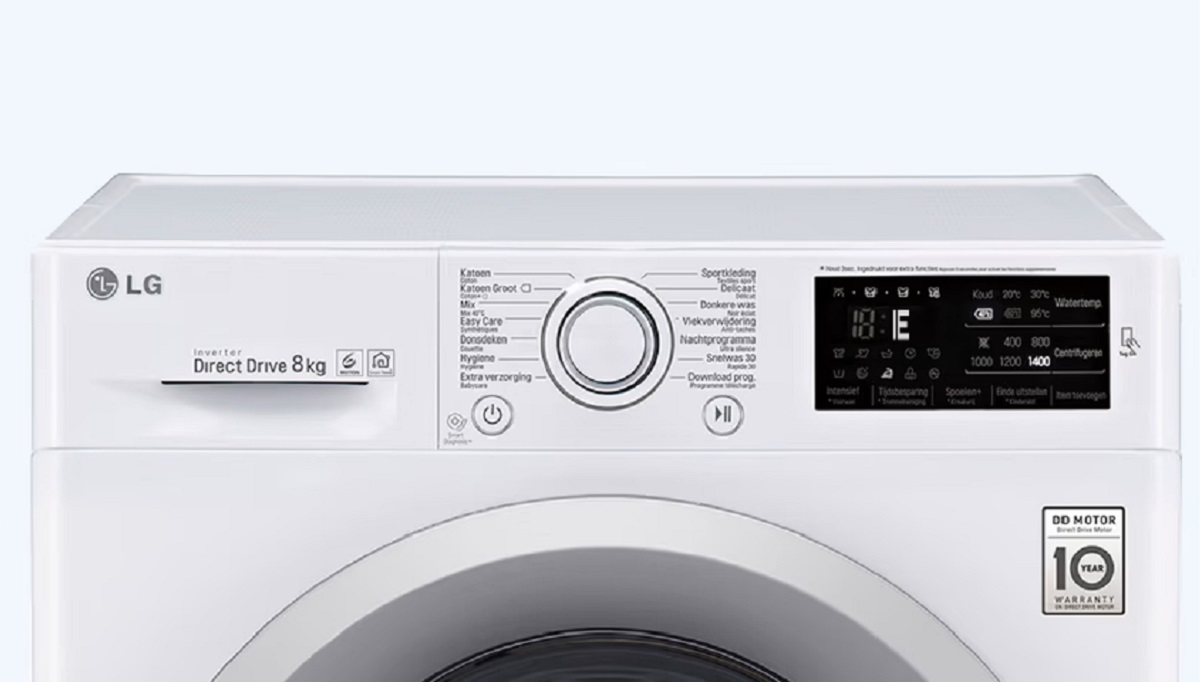

Articles
What Does Ie Mean On My LG Washer
Modified: December 6, 2023
Discover articles explaining what "IE" means on your LG washer. Get troubleshooting tips and solutions to resolve the issue quickly.
(Many of the links in this article redirect to a specific reviewed product. Your purchase of these products through affiliate links helps to generate commission for Storables.com, at no extra cost. Learn more)
Introduction
If you’ve ever encountered an “IE” code on your LG washer, you may be wondering what it means and how to resolve the issue. In this article, we will dive into the world of IE codes on LG washers, exploring their significance and offering troubleshooting tips to help you get your washer back up and running smoothly.
The “IE” code on an LG washer stands for “Inlet Error” and typically indicates a problem with the water supply. This error could occur due to a variety of reasons, such as low water pressure, a clogged inlet valve, or a malfunctioning water inlet hose. Understanding the cause of the error is crucial in effectively resolving the issue and ensuring your washer operates efficiently.
In the next section, we will take a closer look at the common “IE” codes that may appear on LG washers and what they signify. By familiarizing yourself with these codes, you will have a better understanding of the specific problem your washer is facing.
Key Takeaways:
- Understanding the “IE” code on LG washers is crucial for effective troubleshooting. It signifies a water inlet error and can be caused by issues such as low water pressure, clogged valves, or malfunctioning sensors.
- Preventing “IE” errors involves regular maintenance, including checking water pressure, inspecting hoses and filters, and avoiding overloading the washer. If issues persist, seeking professional assistance is recommended.
Read more: What Does Ie Mean On Washing Machine
Understanding the IE Code
The “IE” code on an LG washer is directly related to the water inlet system. It indicates that the washer is experiencing difficulties in filling with water or has a problem with water supply. This code can manifest in different ways, depending on the model of your LG washer.
When you see the “IE” code displayed on your washer’s control panel, it means that the washer is not receiving the required amount of water within a specified time. This could be due to low water pressure, a malfunctioning water inlet valve, or a blockage in the water inlet hose.
It is important to note that the specific “IE” code can vary slightly in appearance depending on the model of your LG washer. Some models may display “IE” as a two-digit numerical code, such as “IE1” or “IE2,” while others may display it simply as “IE.”
If you are unsure about the exact meaning or interpretation of the “IE” code on your specific LG washer model, refer to the user manual or contact LG customer support for assistance.
Now that we have a clearer understanding of what the “IE” code signifies, let’s explore some common “IE” codes that you may encounter on your LG washer in the next section.
Common IE Codes on LG Washers
While the “IE” code generally represents an inlet error on LG washers, there are specific variations of this code that can provide additional insights into the underlying issue. Here are some common “IE” codes you may come across:
- IE1: This code typically indicates a problem with low water pressure. It means that the water supply is not meeting the required level for the washer to function properly. Check if there are any issues with the main water supply or if the water pressure in your area is low.
- IE2: If you see this code, it may indicate a clogged or blocked water inlet valve. The water inlet valve is responsible for controlling the flow of water into the washer. A blockage in the valve can restrict water flow, resulting in the “IE2” code. Inspect the valve and clean it if necessary. If the issue persists, the valve may need to be replaced.
- IE3: The “IE3” code suggests a problem with the water level sensor. This sensor is responsible for detecting the water level inside the washer. If it malfunctions, the washer may not fill with water adequately, triggering the “IE3” code. In such cases, it is recommended to seek professional help to diagnose and resolve the issue.
- IE4: If you encounter the “IE4” code, it indicates a fault with the water inlet hose. This could be due to a kink, a blockage, or a damaged hose that prevents water from flowing into the washer effectively. Inspect the hose for any issues and replace it if necessary.
- IE5: This code points to a problem with the water inlet filter. The inlet filter prevents debris and sediment from entering the washer. If the filter becomes clogged, it can restrict water flow, leading to the “IE5” code. Remove and clean the filter regularly to avoid this issue.
It’s important to note that these are just a few examples of the “IE” codes you may encounter on LG washers. The specific code displayed on your washer may vary, so always refer to the user manual or contact LG customer support for accurate troubleshooting information.
In the next section, we will provide some troubleshooting steps that can help you resolve an “IE” error on your LG washer.
Troubleshooting IE Code Issues
Encountering an “IE” code on your LG washer can be frustrating, but there are several troubleshooting steps you can take to address the issue. Here are some common solutions to resolve the “IE” code:
- Check water supply: Ensure that the water supply to your washer is turned on and that there is sufficient water pressure. Low water pressure can trigger the “IE” code. If necessary, consult a plumber to address any water pressure issues in your home.
- Inspect the water inlet hose: Check the water inlet hose connected to your washer for any kinks, twists, or damage that could obstruct water flow. Straighten out any kinks or replace the hose if necessary.
- Clean the water inlet filter: It’s important to regularly clean the water inlet filter to prevent debris and sediment from clogging it. Locate the filter, usually at the back of the washer, and remove any accumulated dirt or debris. Rinse the filter thoroughly and reinstall it.
- Examine the water inlet valve: If you suspect a problem with the water inlet valve, inspect it for any signs of blockages or malfunction. Disconnect the water supply and remove the hoses connected to the valve. Clean the valve using a soft brush and warm water. If the valve is damaged or fails to function correctly, it may need to be replaced.
- Check the water level sensor: If you suspect that the water level sensor is faulty, consult a professional technician. They will have the expertise to diagnose and repair any issues with the sensor to ensure proper water level detection.
If you have tried the above solutions and the “IE” code persists, it may be best to contact LG customer support or a qualified technician for further assistance. They will have the knowledge and expertise to diagnose and resolve more complex issues with your washer.
Now that we’ve covered troubleshooting steps, let’s move on to preventive measures that can help you avoid “IE” code errors in the future.
IE on an LG washer usually indicates an “inlet error,” meaning there may be a problem with the water supply. Check the water valves, hoses, and filters to ensure proper water flow. If the issue persists, contact LG customer support for further assistance.
Steps to Resolve an IE Error
Encountering an “IE” error on your LG washer can be inconvenient, but there are steps you can take to resolve the issue. Here is a step-by-step guide to help you address an “IE” error:
- Check water supply: Ensure that the water supply to your washer is turned on and that there is sufficient water pressure. Low water pressure can trigger an “IE” error. If necessary, consult a plumber to address any water pressure issues in your home.
- Inspect the water inlet hose: Check the water inlet hose connected to your washer for any kinks, twists, or damage that could obstruct water flow. Straighten out any kinks or replace the hose if necessary.
- Clean the water inlet filter: Locate the water inlet filter, usually at the back of the washer, and remove any accumulated dirt or debris. Rinse the filter thoroughly and reinstall it. Regularly cleaning the filter can help prevent blockages and water flow issues.
- Examine the water inlet valve: Disconnect the water supply and remove the hoses connected to the water inlet valve. Inspect the valve for any blockages or damage. Clean the valve using a soft brush and warm water. If the valve is damaged or fails to function correctly, it may need to be replaced.
- Reset the washer: Sometimes, a simple reset can resolve the “IE” error. Turn off the washer, unplug it from the power source, and wait for a few minutes. Then, plug it back in and turn it on. This can reset the washer’s internal settings and potentially clear the error.
- Contact customer support or a technician: If the “IE” error persists after trying the above steps, it may be best to contact LG customer support or a qualified technician for further assistance. They will have the knowledge and expertise to diagnose and resolve more complex issues with your washer.
By following these steps, you can increase the chances of resolving an “IE” error on your LG washer and ensure that it functions optimally.
Now, let’s explore some preventive measures you can take to minimize the occurrence of “IE” errors.
Read more: What Does Washer Dryer Hookup Mean
Tips for Preventing IE Errors
While encountering an “IE” error on your LG washer can be frustrating, there are several preventive measures you can take to minimize the occurrence of such errors. Here are some tips to help you avoid “IE” errors:
- Maintain good water pressure: Ensure that your home’s water supply has adequate pressure. Low water pressure can trigger an “IE” error on your washer. If you notice consistently low water pressure, consider contacting a plumber to address the issue.
- Keep the water inlet hose in good condition: Regularly inspect the water inlet hose connected to your washer for any signs of damage or wear. Replace the hose if you notice any cracks, leaks, or deterioration. A damaged hose can restrict water flow and lead to “IE” errors.
- Clean the water inlet filter regularly: The water inlet filter prevents debris and sediment from entering your washer. It is important to clean the filter regularly to prevent blockages. Refer to your washer’s user manual for instructions on locating and cleaning the filter.
- Check the water inlet valve periodically: Inspect the water inlet valve for any signs of blockages or damage. Clean the valve as needed to remove any buildup or debris. Regular maintenance of the valve can help ensure proper water flow and prevent “IE” errors.
- Avoid overloading the washer: Overloading your washer with too many clothes can affect its performance, including the water intake process. Follow the manufacturer’s guidelines for load capacity to prevent strain on the washer and potential “IE” errors.
By following these preventive measures, you can reduce the likelihood of encountering “IE” errors on your LG washer. However, if you still experience issues, it is advisable to contact LG customer support or a qualified technician for expert assistance.
Let’s conclude our discussion on “IE” errors on LG washers in the next section.
Conclusion
Encountering an “IE” error on your LG washer can be frustrating, but understanding the code and taking appropriate steps can help you resolve the issue. The “IE” code typically indicates a problem with the water inlet system, such as low water pressure, a clogged inlet valve, or a malfunctioning water inlet hose.
By familiarizing yourself with the common “IE” codes on LG washers, you can better identify the specific issue and troubleshoot accordingly. Checking the water supply, inspecting the inlet hose, cleaning the water inlet filter, examining the water inlet valve, and performing a reset are some steps you can take to resolve an “IE” error.
Prevention is key in minimizing the occurrence of “IE” errors. Maintaining good water pressure, keeping the inlet hose and filter clean, and avoiding overloading the washer can help prevent these errors from happening in the first place.
If your troubleshooting efforts don’t resolve the “IE” error, it is recommended to contact LG customer support or a qualified technician for assistance. They have the expertise to diagnose and fix more complex issues with your LG washer.
Remember to consult your washer’s user manual for specific instructions and reach out to LG customer support for accurate troubleshooting information tailored to your model.
By following these guidelines and staying proactive, you can successfully address “IE” errors on your LG washer and keep it running smoothly and efficiently for years to come.
Frequently Asked Questions about What Does Ie Mean On My LG Washer
Was this page helpful?
At Storables.com, we guarantee accurate and reliable information. Our content, validated by Expert Board Contributors, is crafted following stringent Editorial Policies. We're committed to providing you with well-researched, expert-backed insights for all your informational needs.
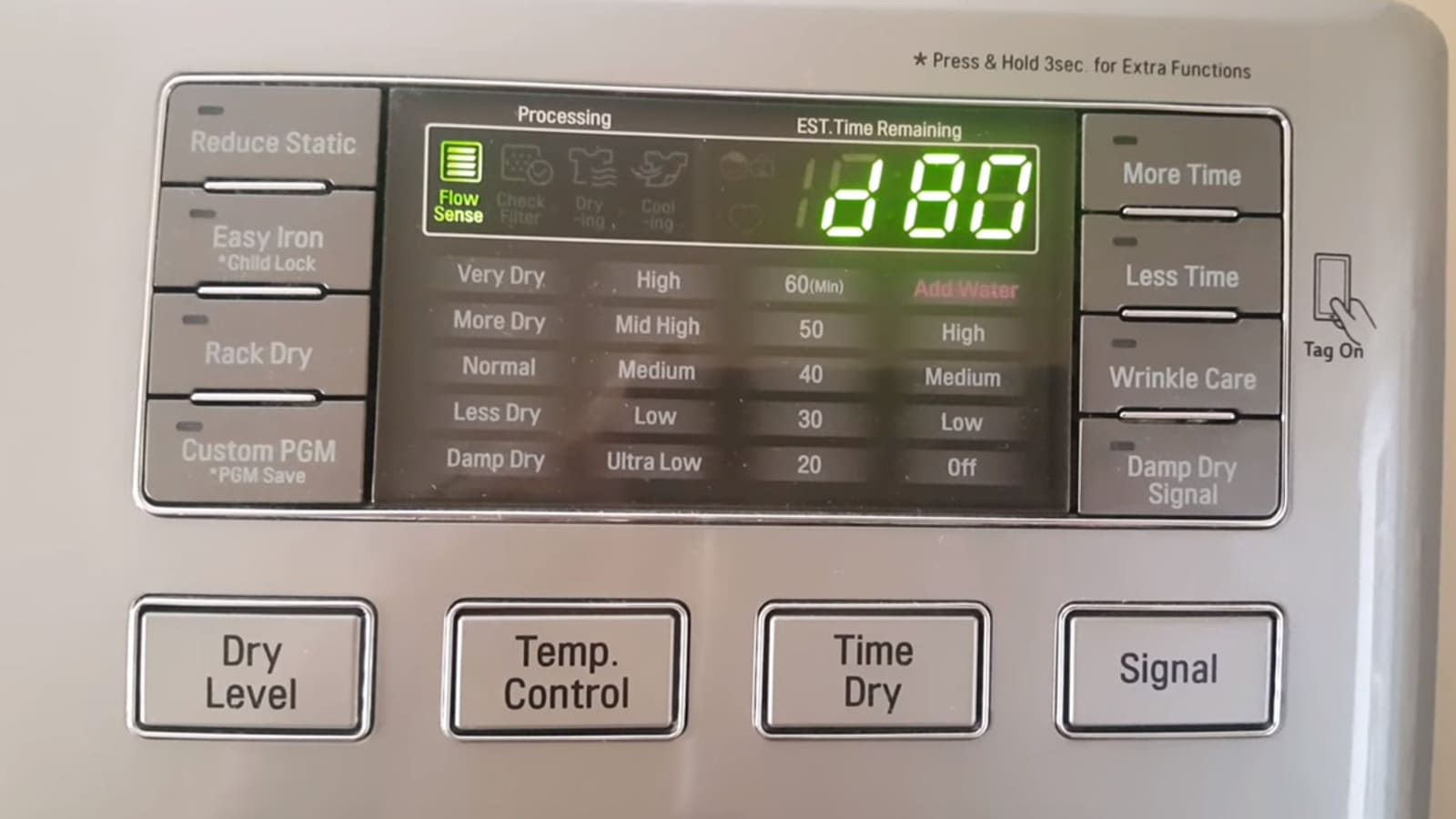
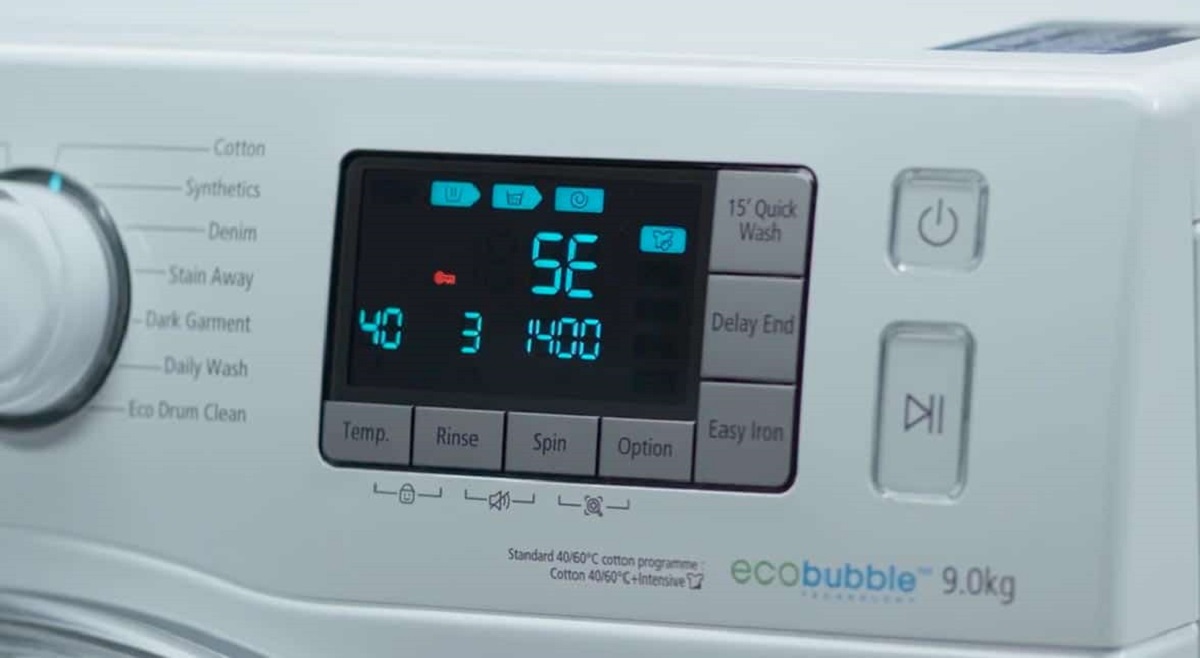
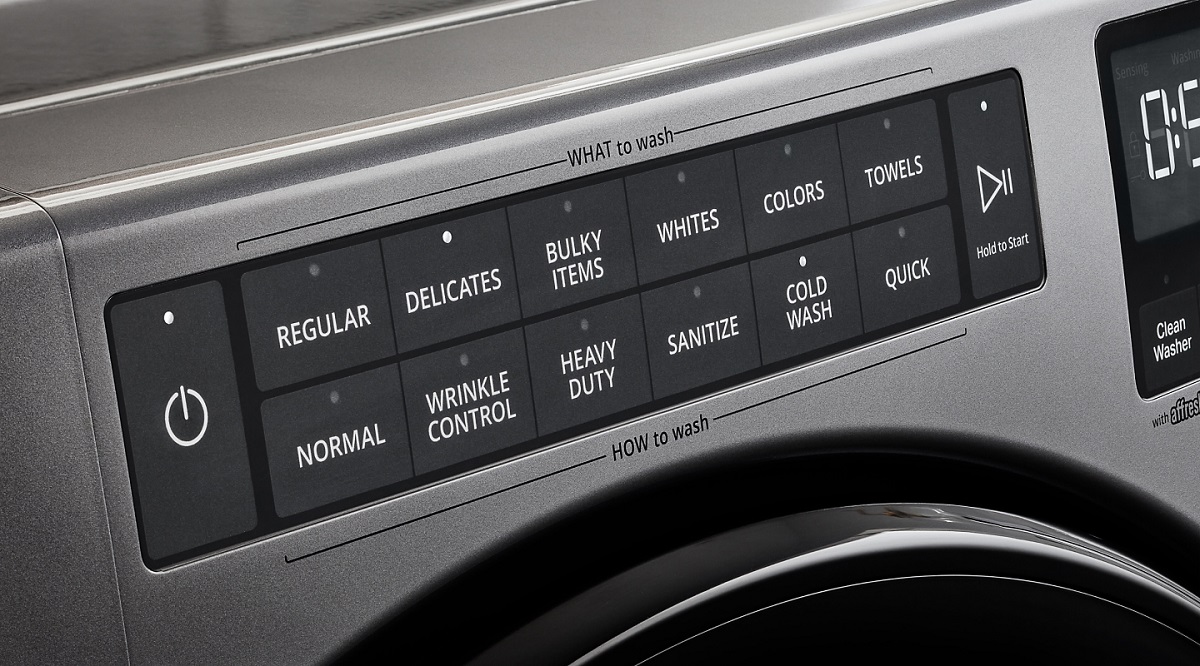
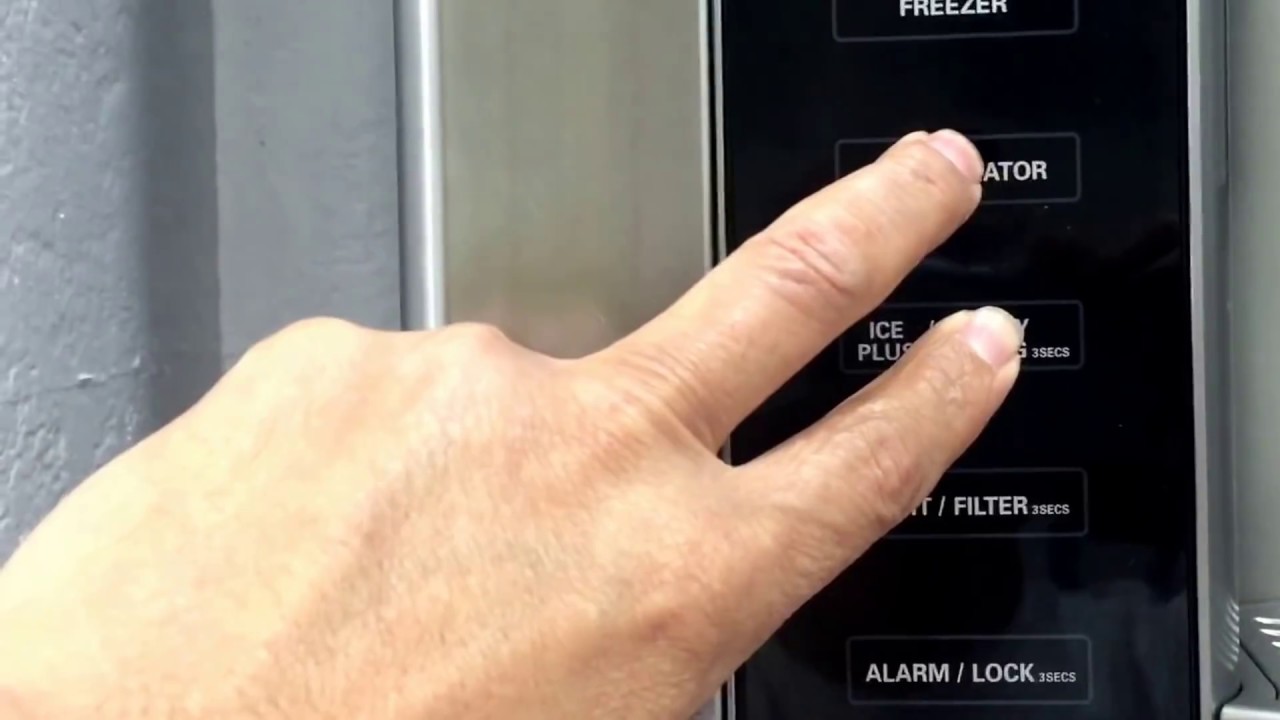
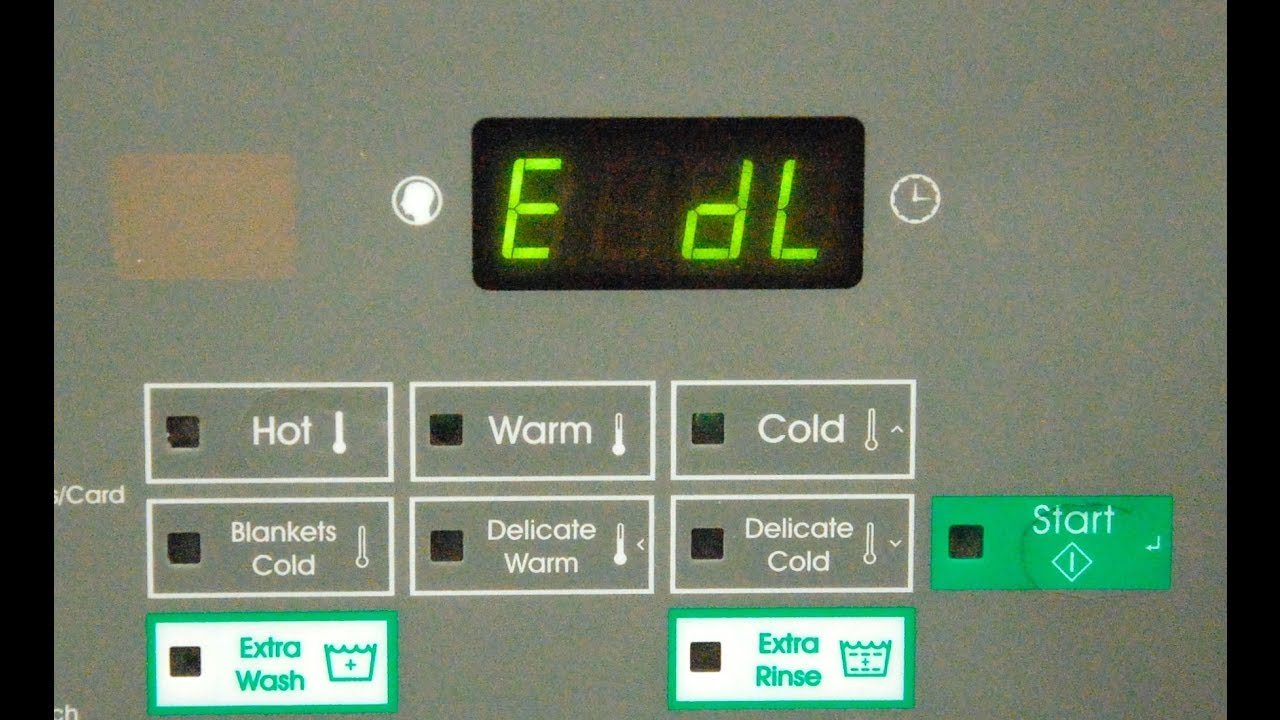
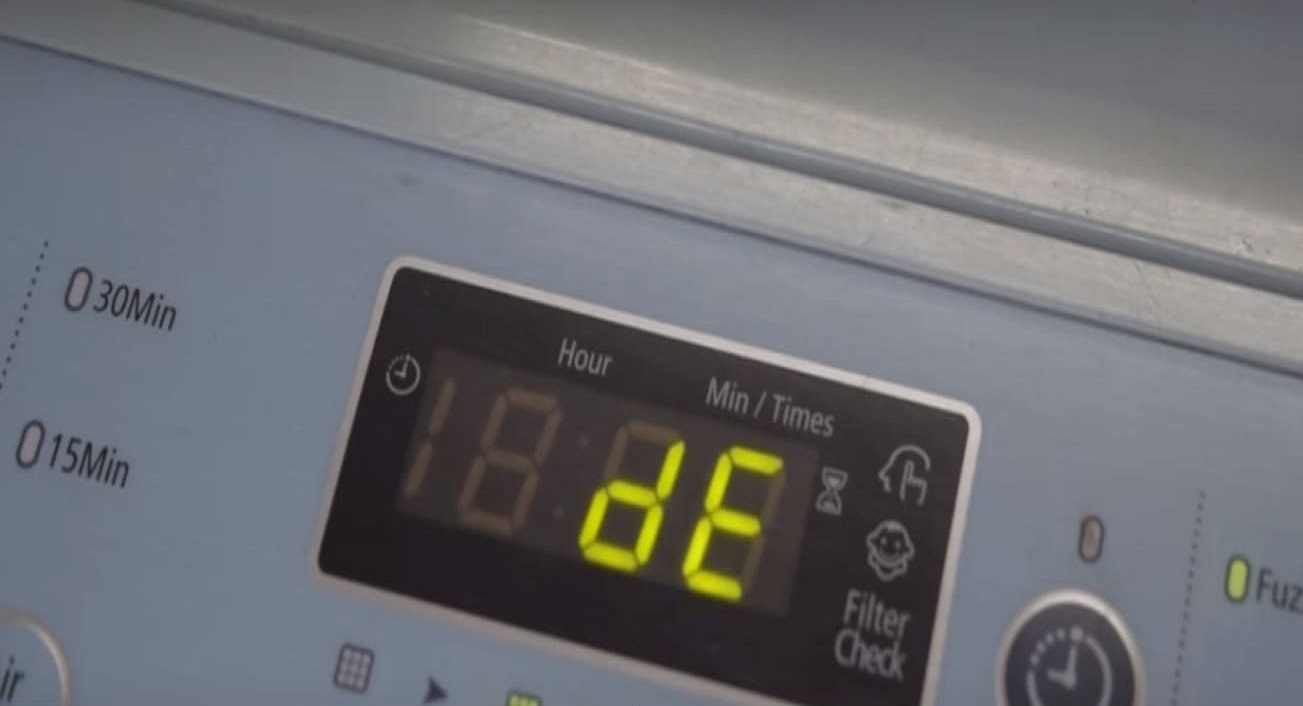
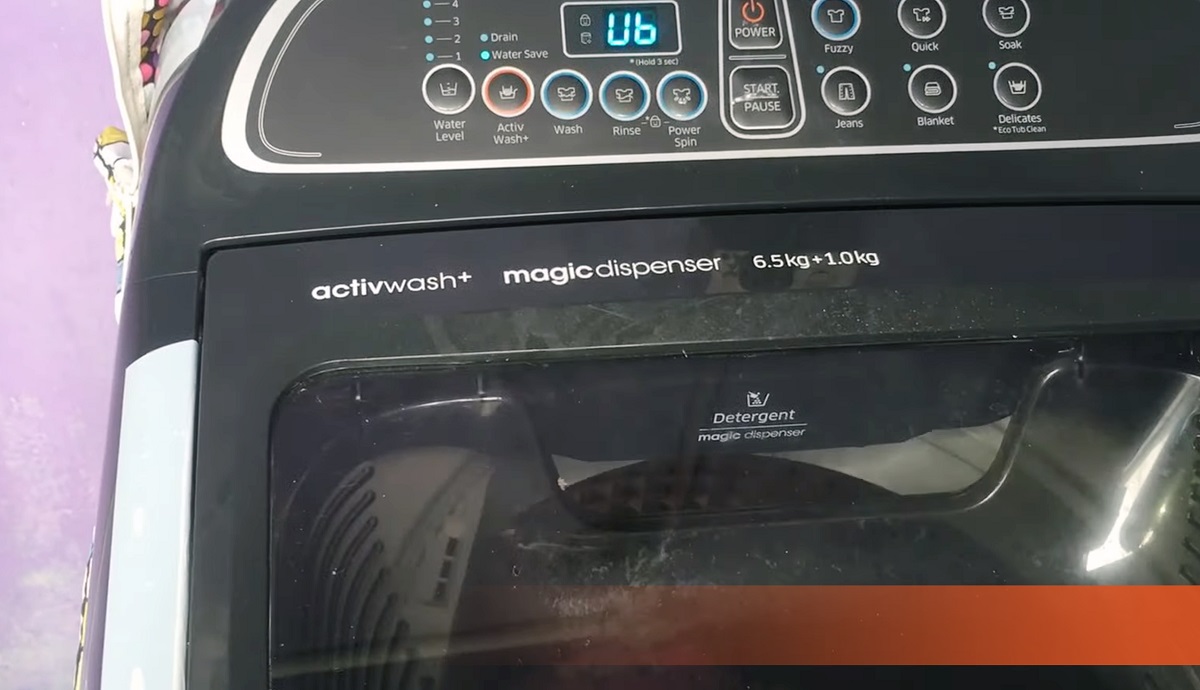
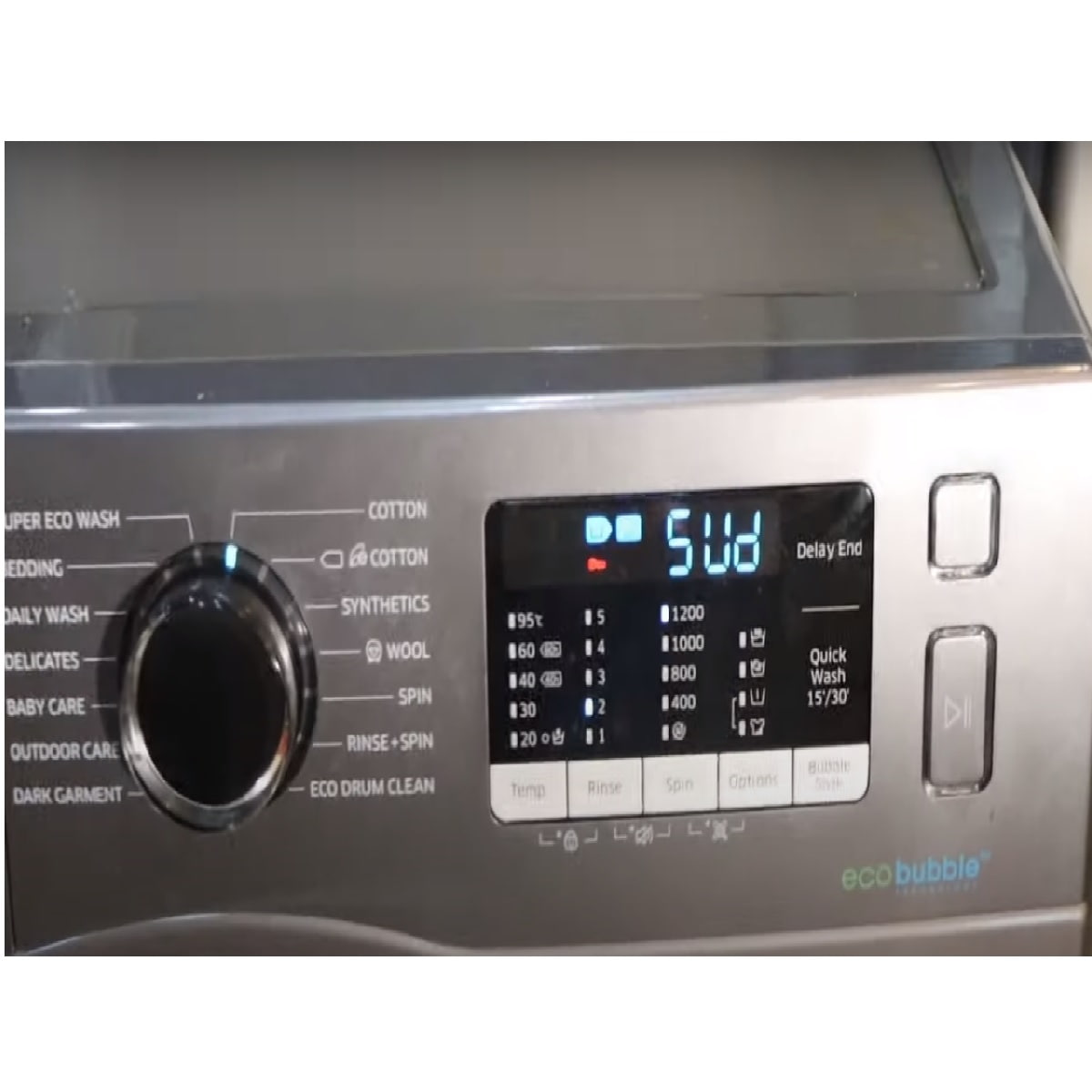
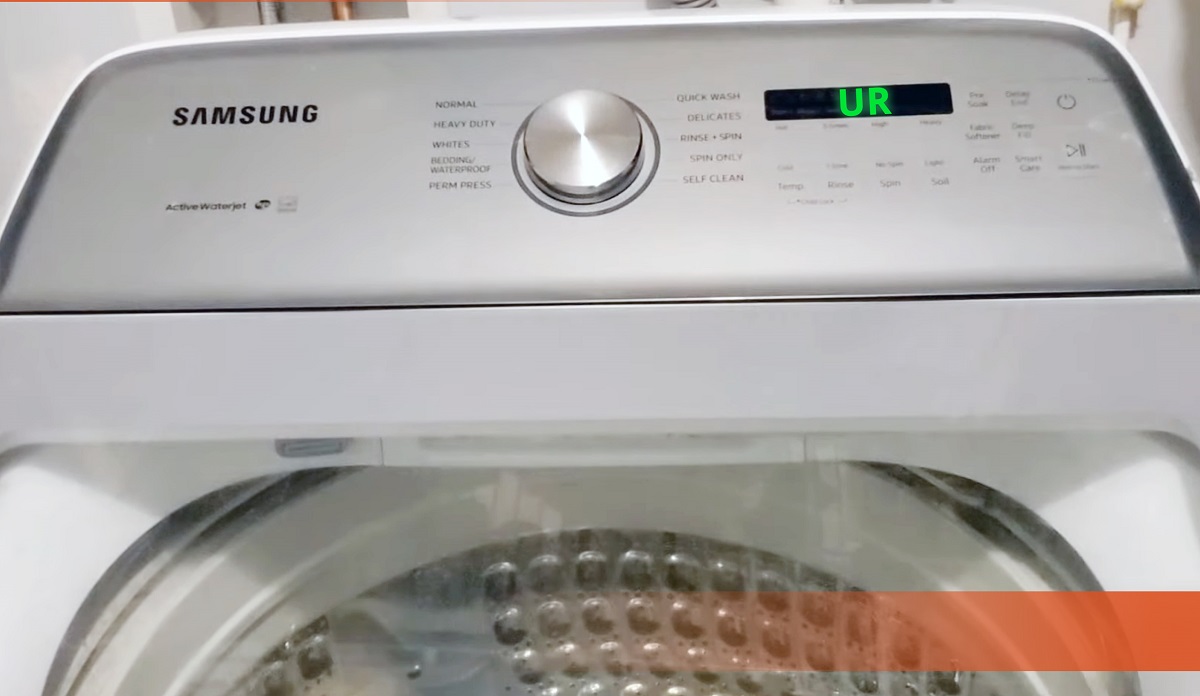
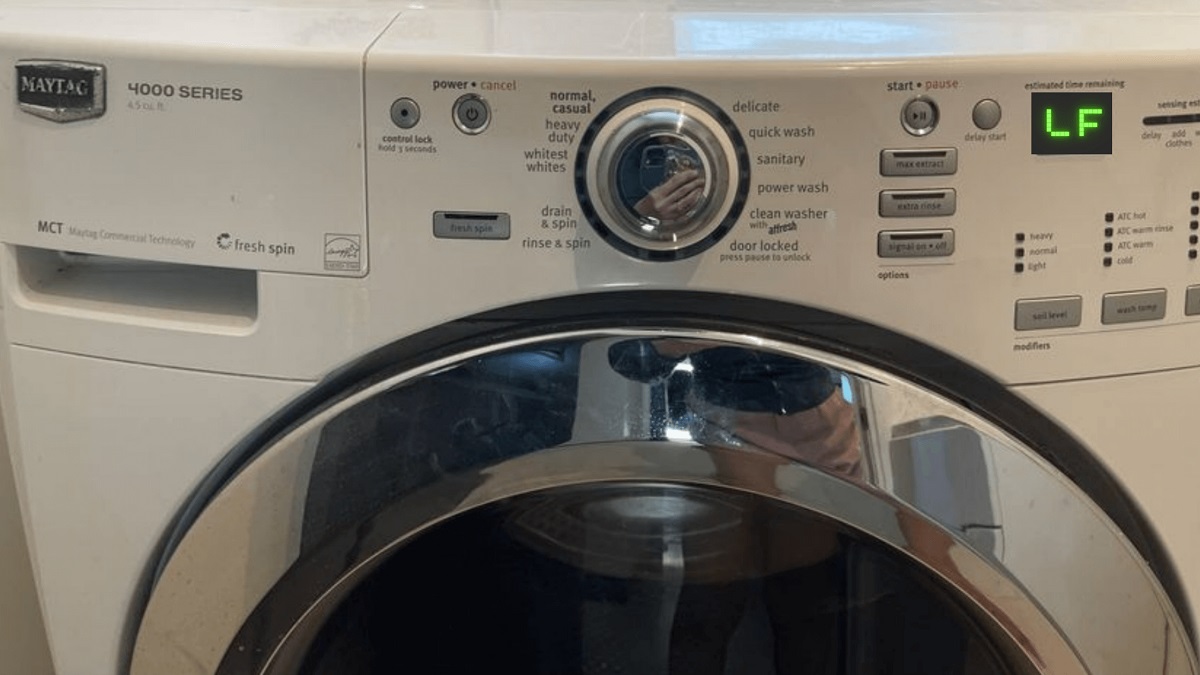
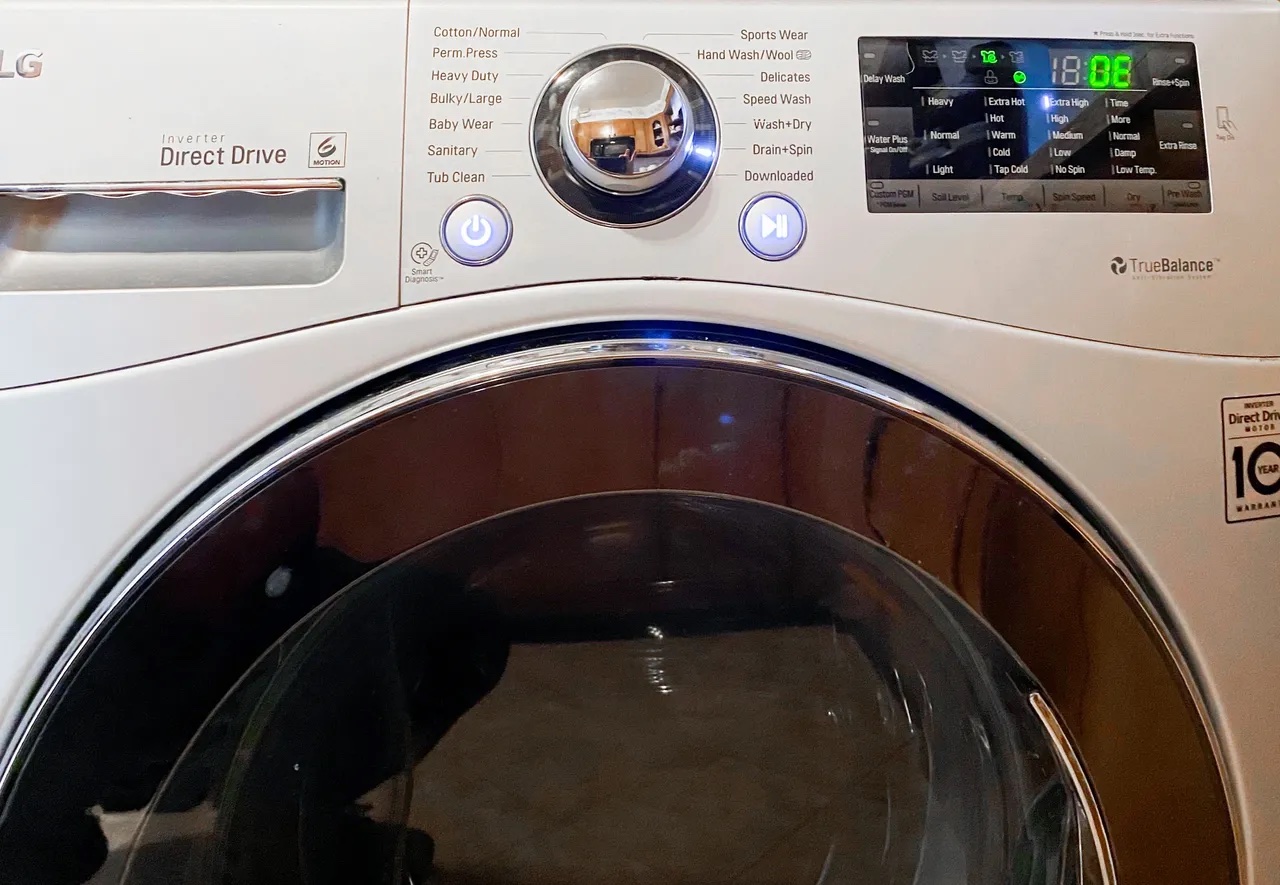
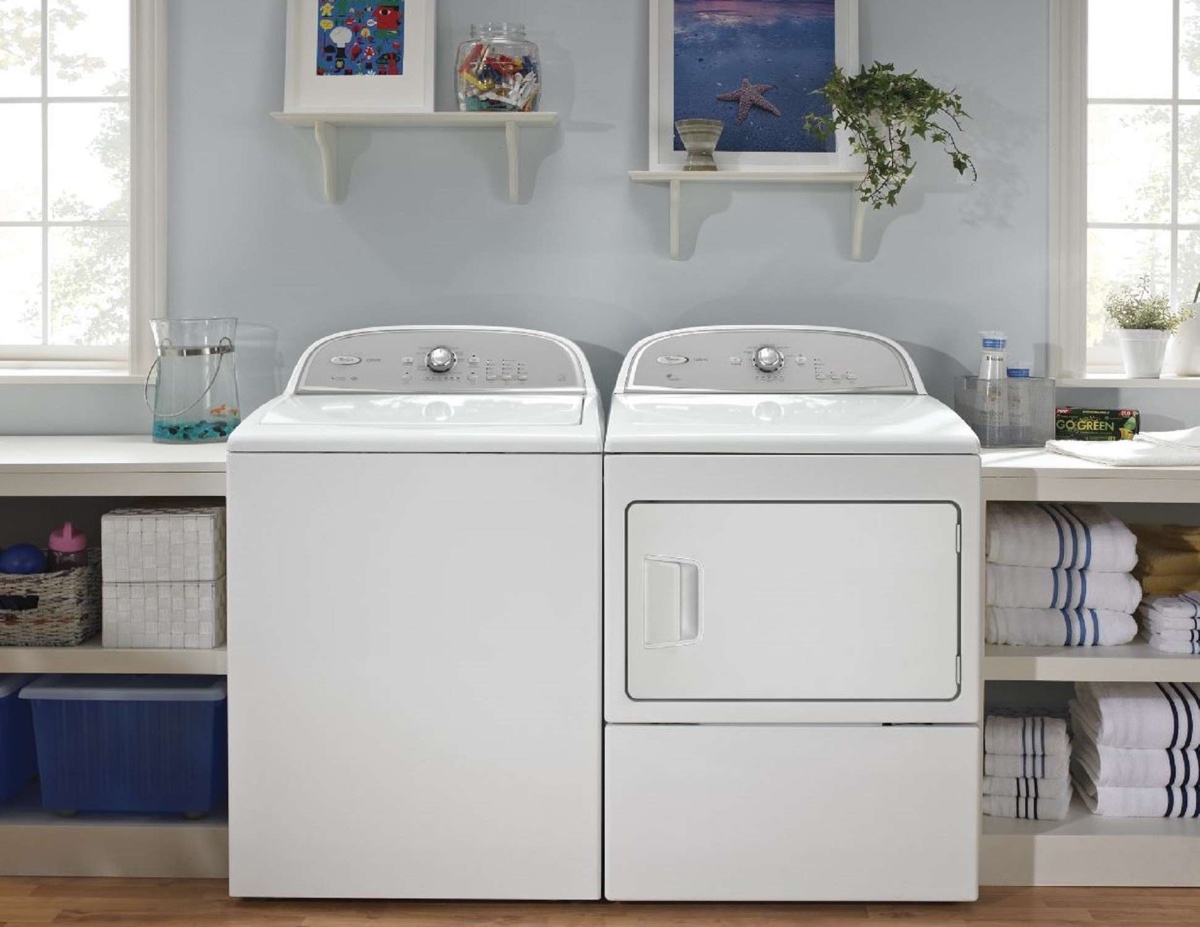
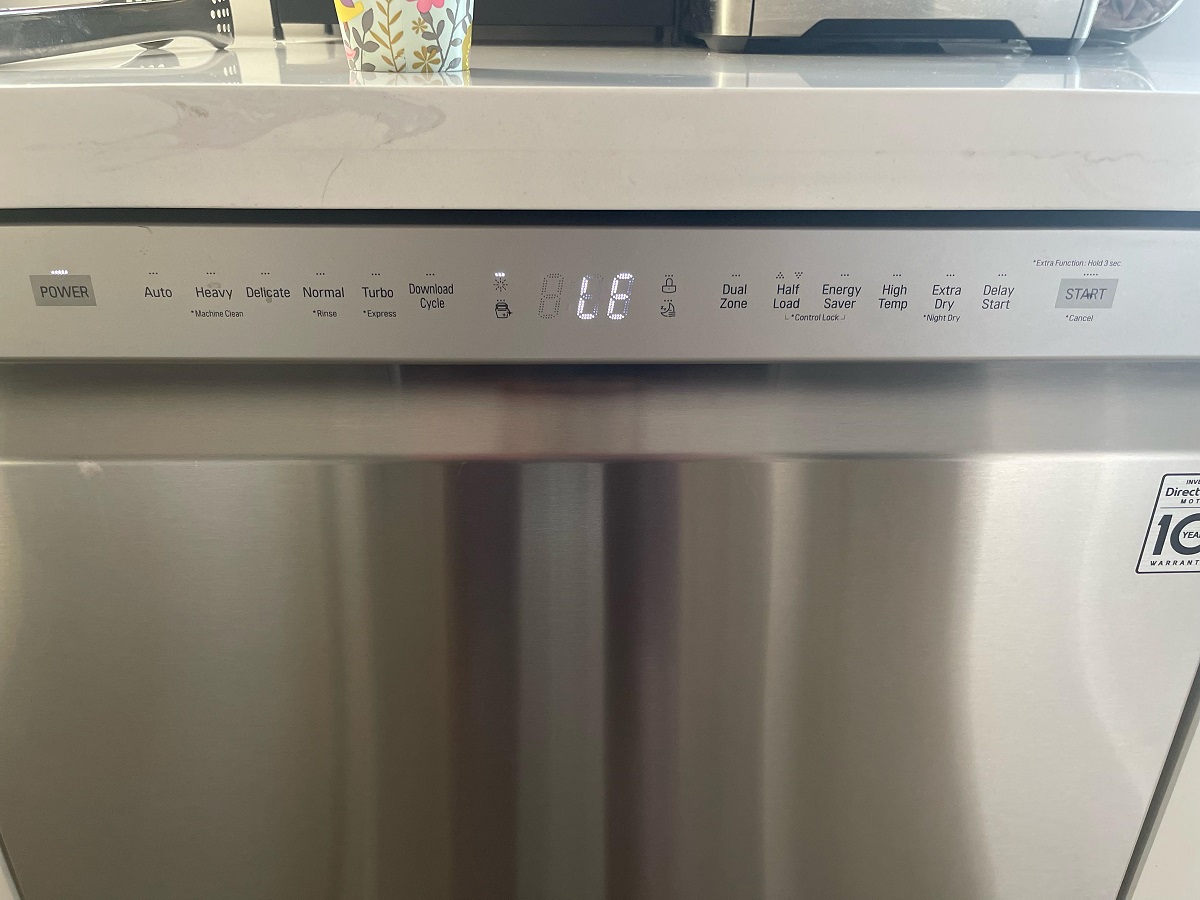
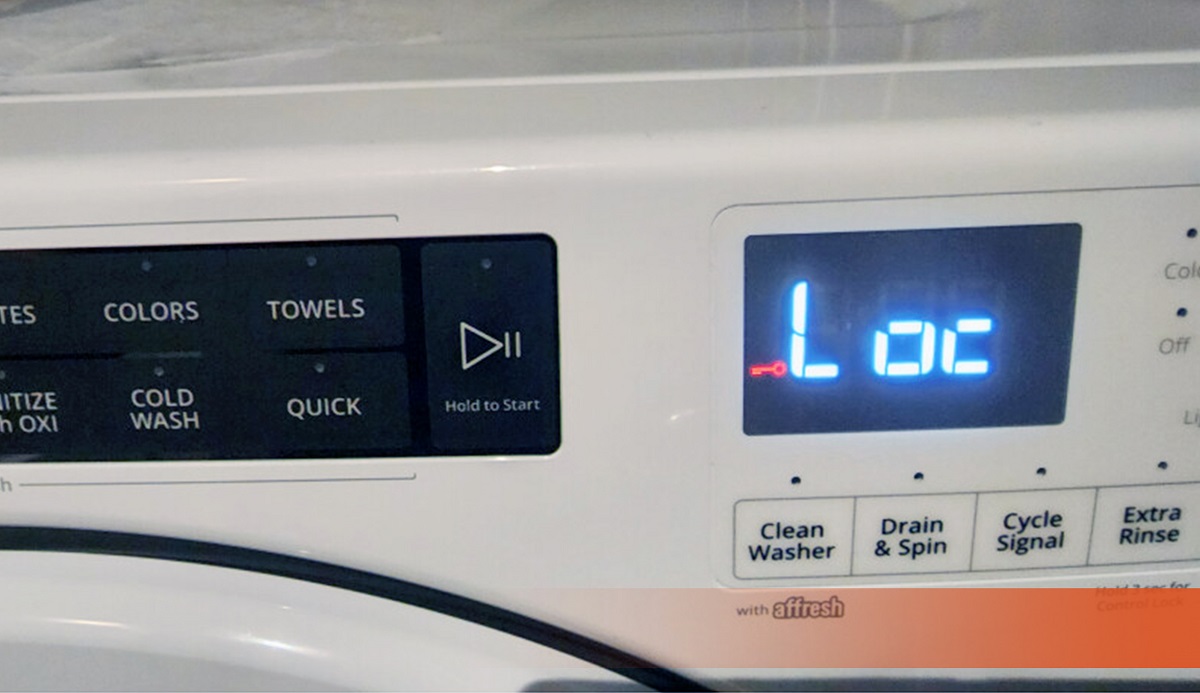

0 thoughts on “What Does Ie Mean On My LG Washer”